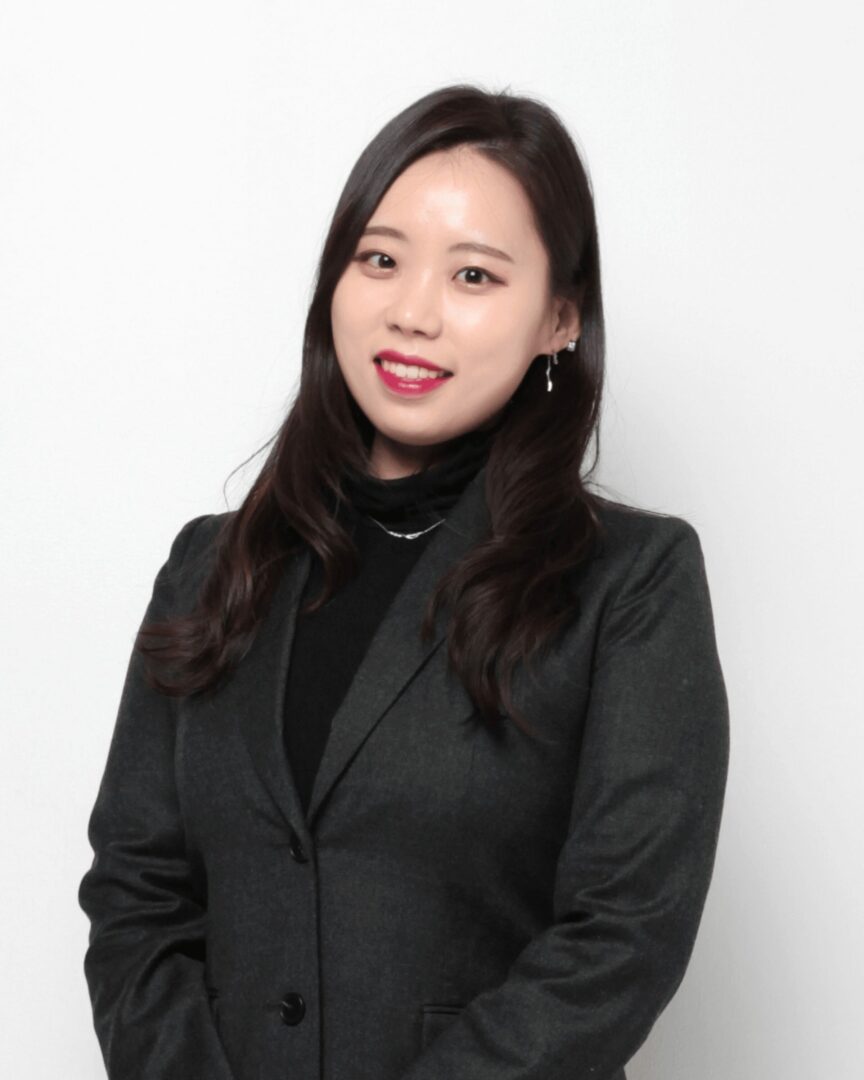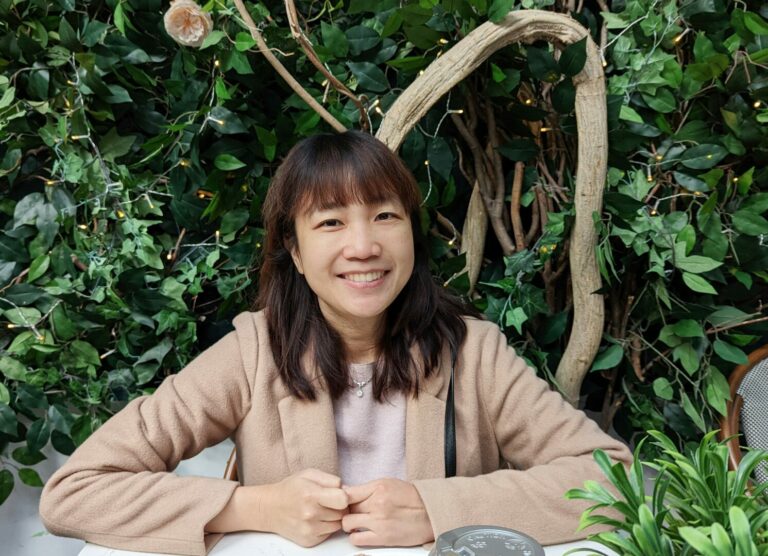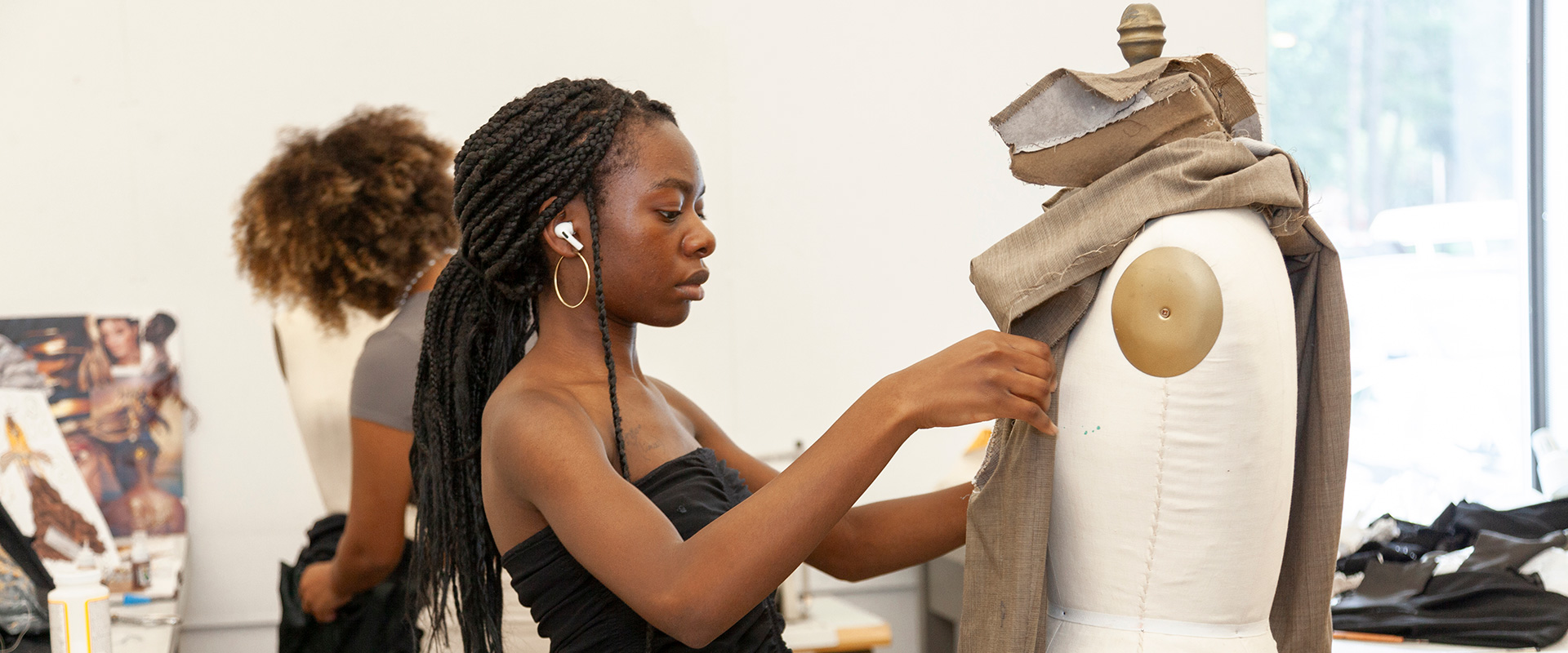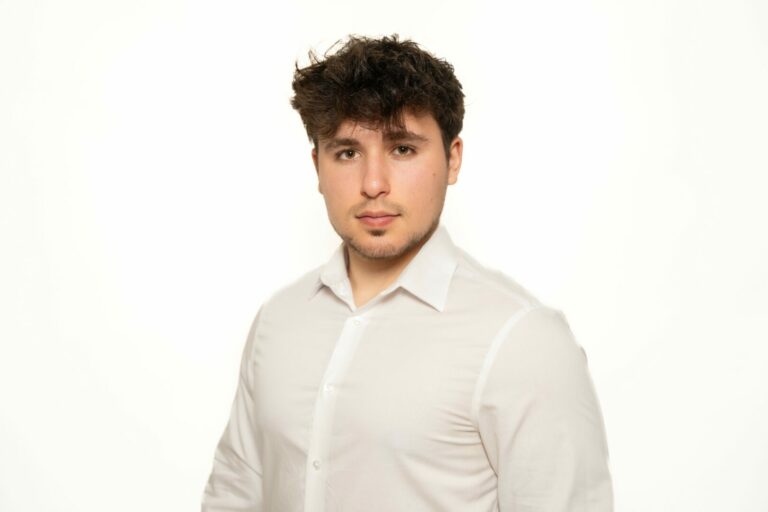We recently connected with Sooa Lim and have shared our conversation below.
Sooa, we’re thrilled to have you on our platform and we think there is so much folks can learn from you and your story. Something that matters deeply to us is living a life and leading a career filled with purpose and so let’s start by chatting about how you found your purpose.
My purpose wasn’t something I found. It was something I slowly uncovered, like a photograph developing in a darkroom. It emerged not in a single moment but through a series of quiet recognitions, shaped by longing and hope.
It began while working at the Seoul Children’s Museum, where I was immersed in the poetics of early imagination. There, I witnessed how visual language could shape how we learn, feel, and remember across generations. It taught me to think deeply about accessibility, intergenerational memory, and the aesthetics of care.
As I moved to the U.S. and co-founded NaUs Art Collective, my purpose became clearer. Through archiving, curating, and writing, I realized that preservation could be resistance and that storytelling could be a form of activism. I worked on projects that uplifted Asian American artists, especially those navigating diaspora, silence, and erasure. Through exhibitions, workshops, and public interventions, I saw how uplifting art histories could offer healing, both for communities and for myself. We were not just making art. We were creating spaces to be seen.
My purpose lives in the spaces between art and care, between design and healing. Whether I am building an interactive exhibition, editing a visual essay, or organizing a collective action, I am guided by one question: How can we hold space for others to remember, resist, and reimagine?
I’ve learned that curating is not just about aesthetics. It is about presence. And my purpose is this: to create spaces, both physical and digital, where others can recognize themselves, feel held, and imagine belonging.
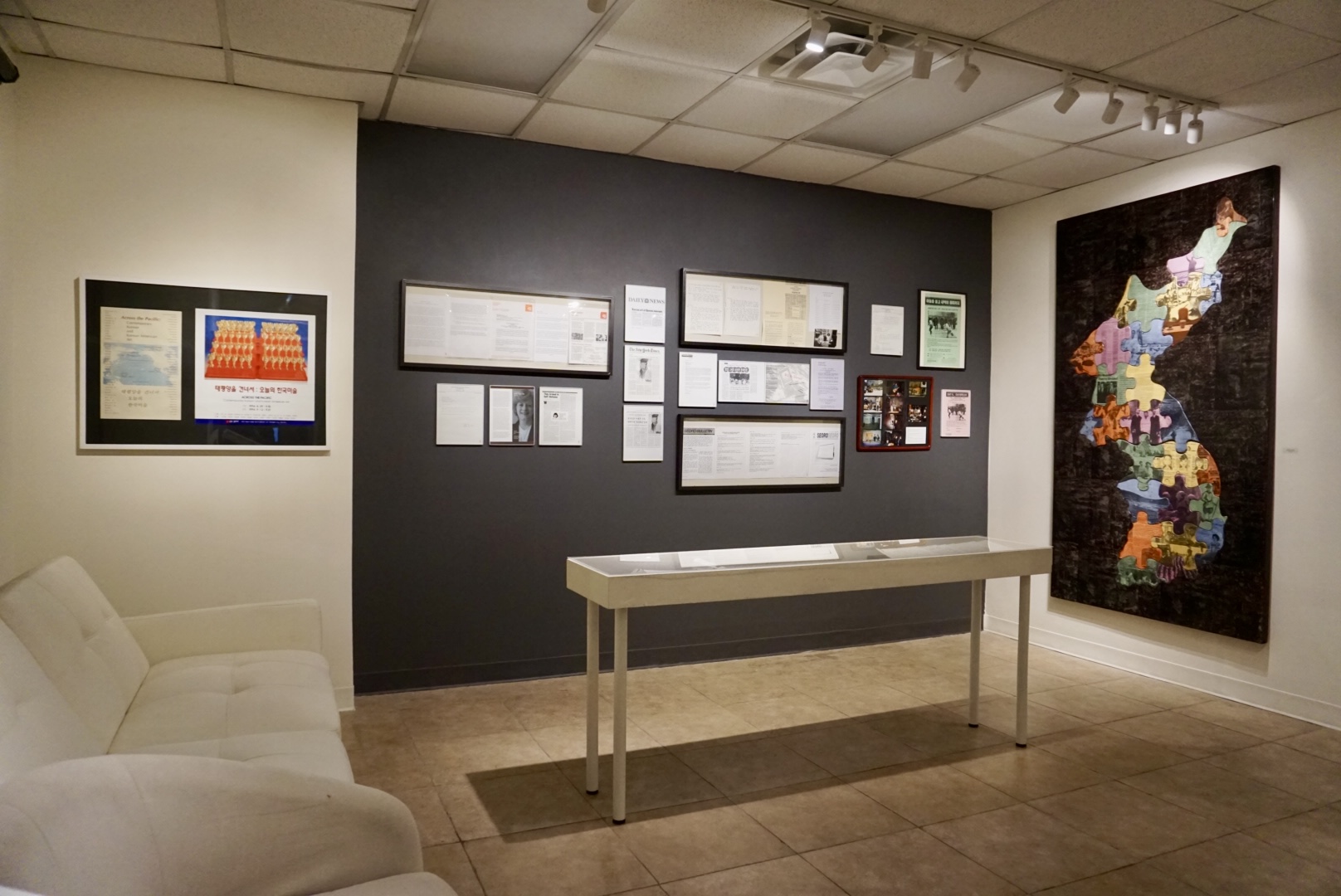
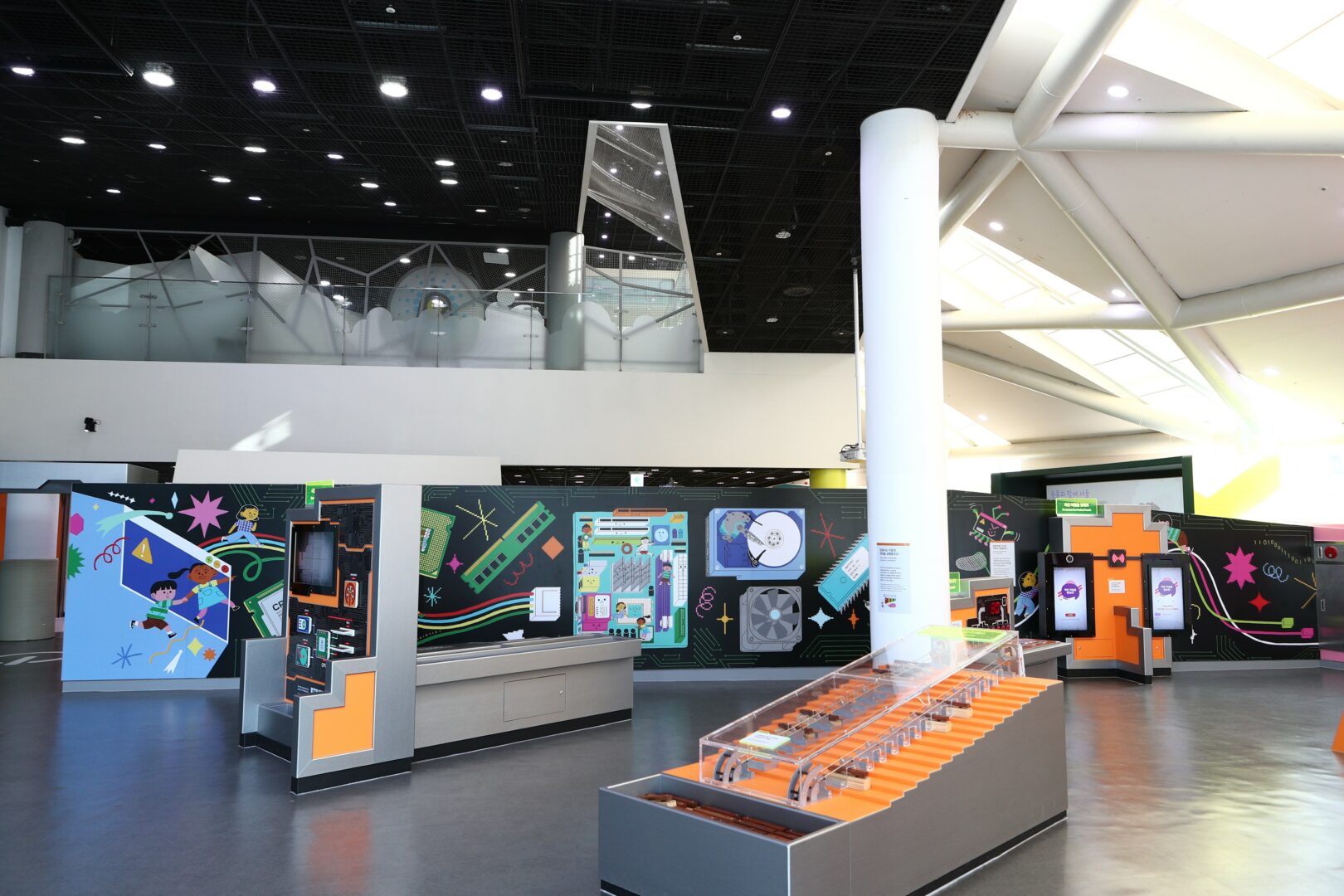
Thanks, so before we move on maybe you can share a bit more about yourself?
I’m a curator and archive researcher working across memory, migration, and visual culture. My practice spans Seoul and New York, shaped by my training in curatorial studies at Parsons and art management at Korea National University of Arts.
Right now, I’m researching based on the SEORO Korean Cultural Network Archive, a rare and resonant record of diasporic Korean artists active in 1990s New York. It feels like both an homage and a continuation, carrying forward their collective resistance and showing how memory itself can be a form of world-building. Alongside this, I’m also conducting research on designer Tommi Parzinger’s archive at a gallery in New York, reflecting on how overlooked design histories raise questions of authorship, erasure, and what gets preserved over time.
Across these projects, my purpose has slowly revealed itself. It lives in the spaces between art and care, between archival fragments and living voices. I work with what’s been scattered, stitching it back into form so others might feel seen, not just remembered.
Curating, for me, is about building spaces, both physical and imagined, where people can recognize themselves, feel held, and imagine belonging. Whether it was at the Seoul Children’s Museum, where I first encountered the poetics of early imagination, or co-founding the NaUs Art Collective in New York, I’ve approached curation as a form of care, one rooted in accessibility, intergenerational storytelling, and quiet acts of gathering.
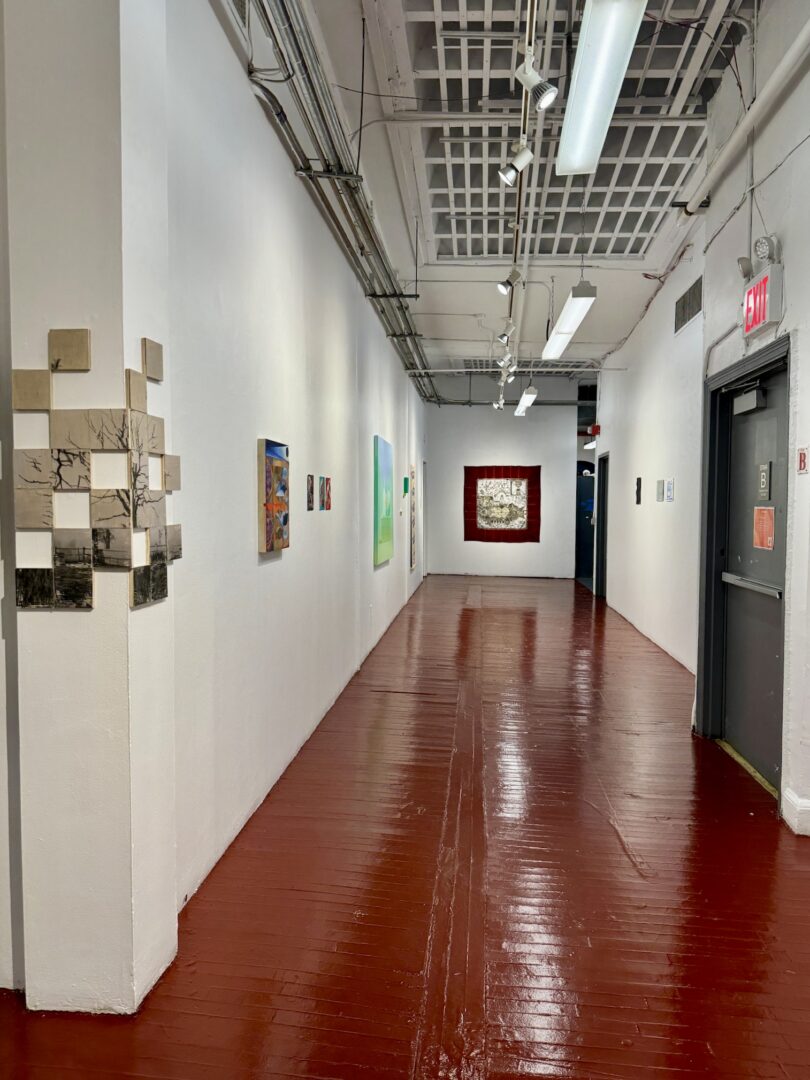
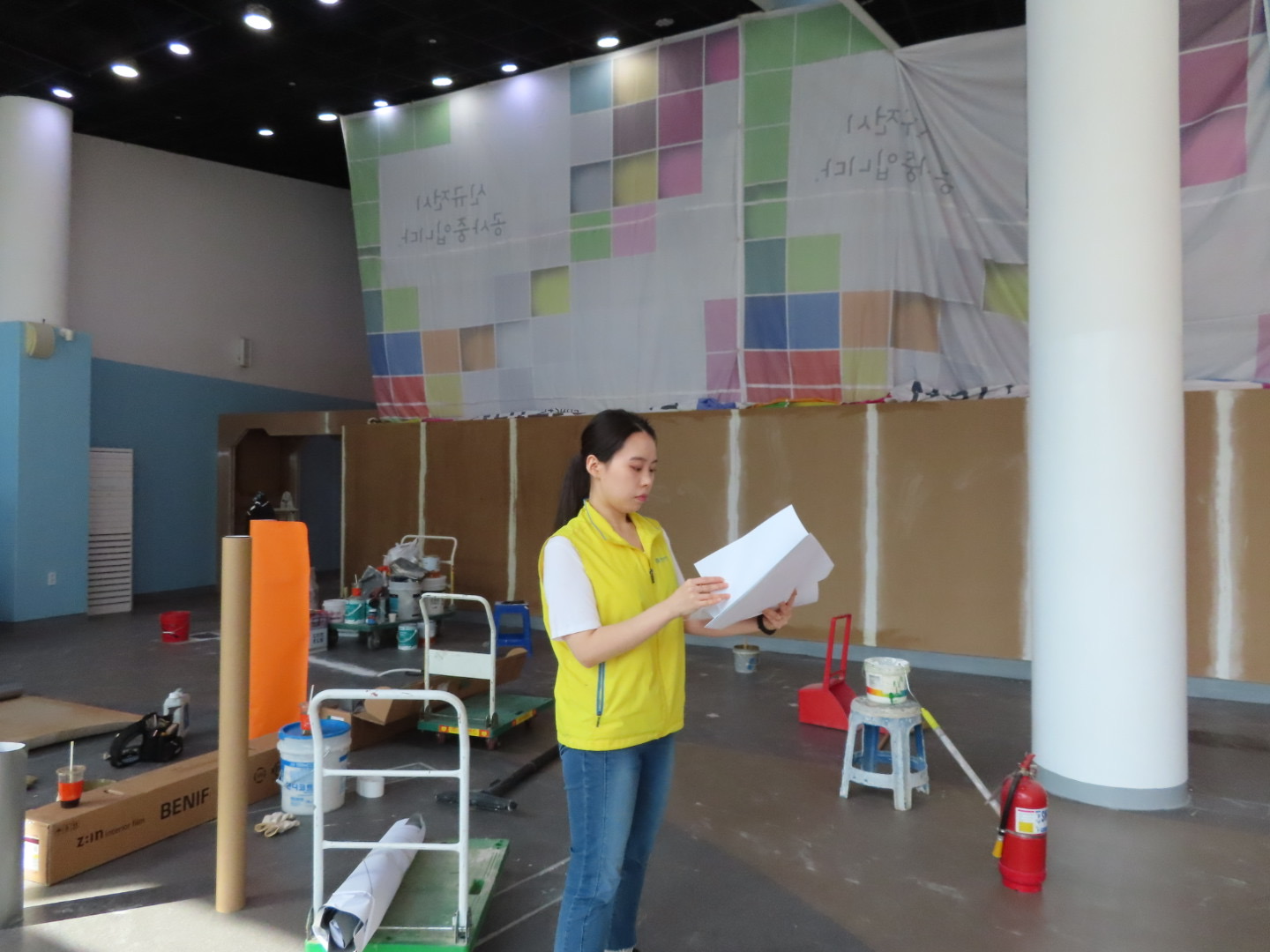
If you had to pick three qualities that are most important to develop, which three would you say matter most?
Looking back, three things have shaped me most as a curator and a person:
First, an archival mindset.
Learning to think like an archivist taught me that what’s missing can speak just as loudly as what’s preserved. Whether I’m researching SEORO’s legacy or following the traces of a designer like Tommi Parzinger, I’ve come to see archives not as neutral containers, but as sites of memory, power, and resistance. If you’re just starting out, I’d say: begin your own archive. Collect things that move you—images, phrases, ideas. They’ll start to show you what you care about most.
Second, the practice of slow observation.
For me, curating begins with noticing—what’s fragile, quiet, or hidden in plain sight. A child’s response to a museum space. The way a community gathers around an old photo. These small things matter. Observation is a form of respect. So take your time. Look longer. What seems minor now may turn out to be the heart of your project later.
Third, a sensitivity to relationships and care.
Some of the most meaningful work I’ve done has come out of shared meals, long conversations, and listening. Curating isn’t just about putting on a good show—it’s about building trust, holding space, and collaborating. My advice? Focus less on being impressive and more on being generous.
These three values, archival attention, slow looking, and relational care, continue to shape the way I move through the world, not only as a curator but also as a person.
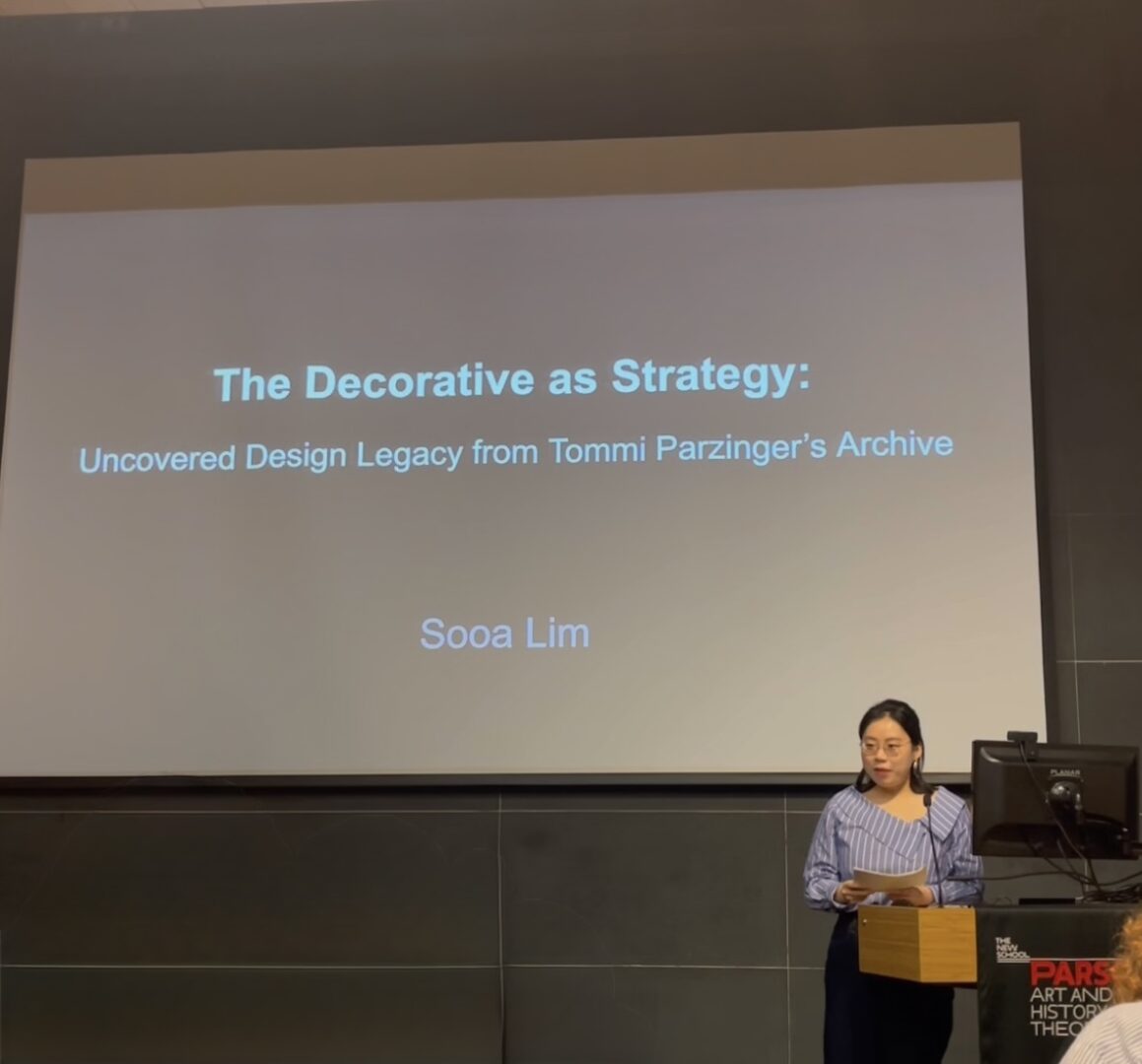
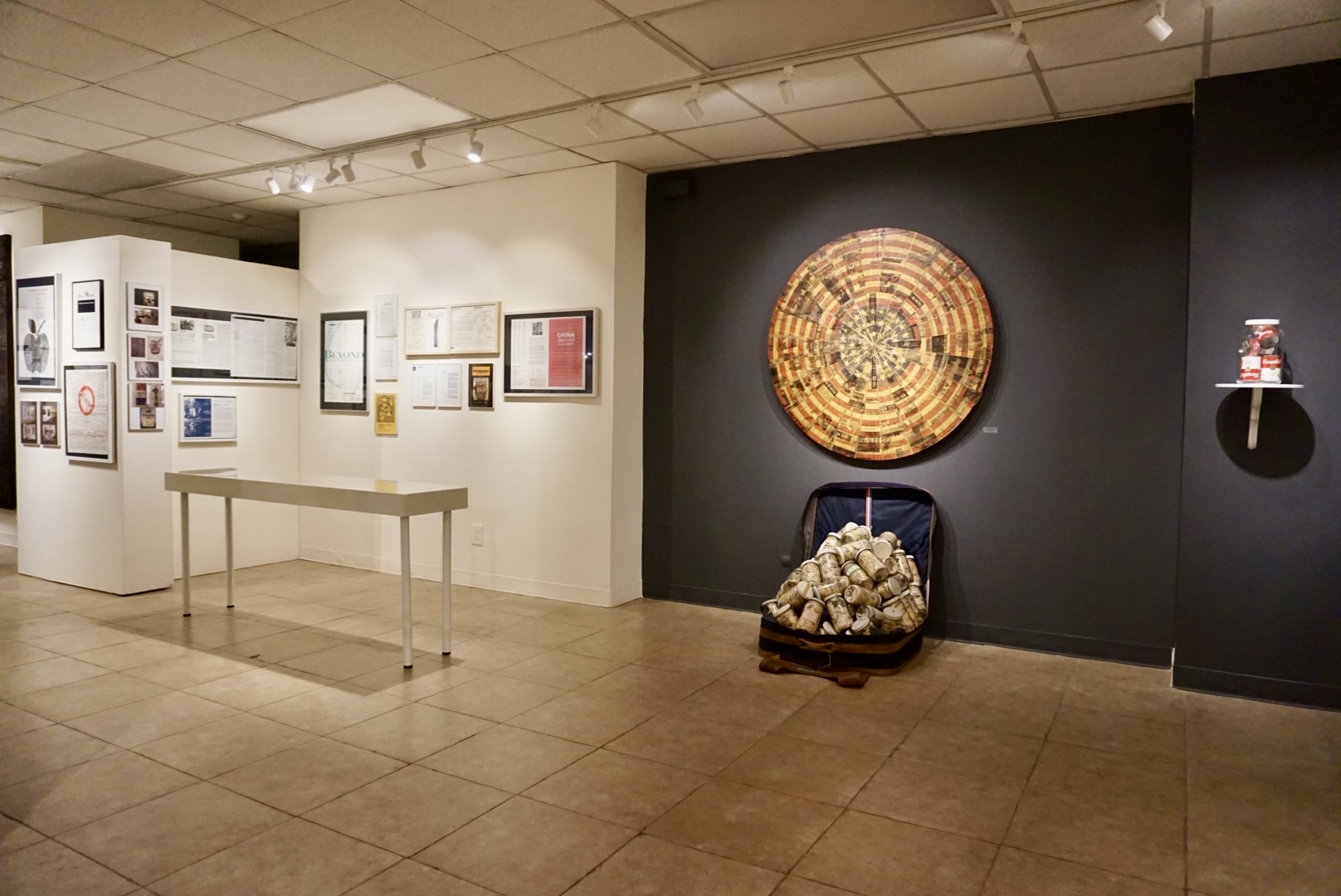
Looking back over the past 12 months or so, what do you think has been your biggest area of improvement or growth?
In the past 12 months, the biggest area of growth for me has been stepping into my role as both a cultural narrator and public-facing curator.
One of the most meaningful moments was curating the exhibition on the SEORO Korean Cultural Network. During the artist talk I organized, many attendees told me they had never heard of this pivotal chapter in Asian diasporic art history. Sharing this overlooked legacy, and doing so as someone both within and beyond the Korean community, was deeply rewarding. It reminded me that curating isn’t just about objects; it’s about creating space for recognition and continuity.
Around the same time, I had the opportunity to present my archival research on mid-century designer Tommi Parzinger at a symposium in New York. This project began as a quiet inquiry into forgotten records, but it soon became something larger: the foundation for a future auction based on my findings. Knowing that my research will directly contribute to a commercial event, supporting both scholarship and market circulation, felt like a moment of affirmation. It showed me that I can not only preserve history, but also actively activate it within the American cultural economy.
This past year, I’ve grown more confident in my voice, more articulate in public dialogue, and more aware of my ability to contribute intellectually, economically, and culturally to the communities I’m part of here in the U.S.
Contact Info:
- Website: https://www.linkedin.com/in/sooa-lim
- Instagram: https://www.instagram.com/desuah/
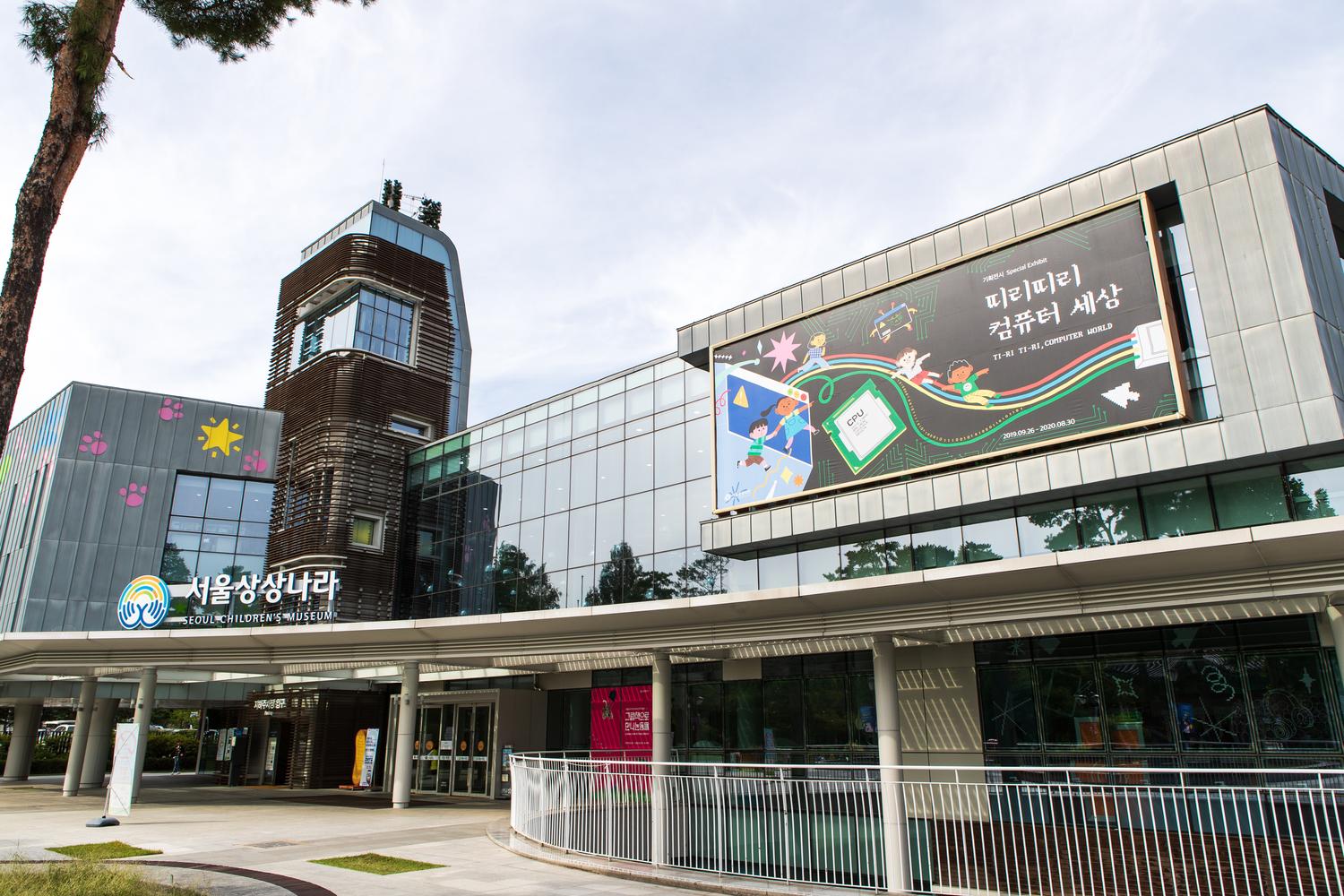
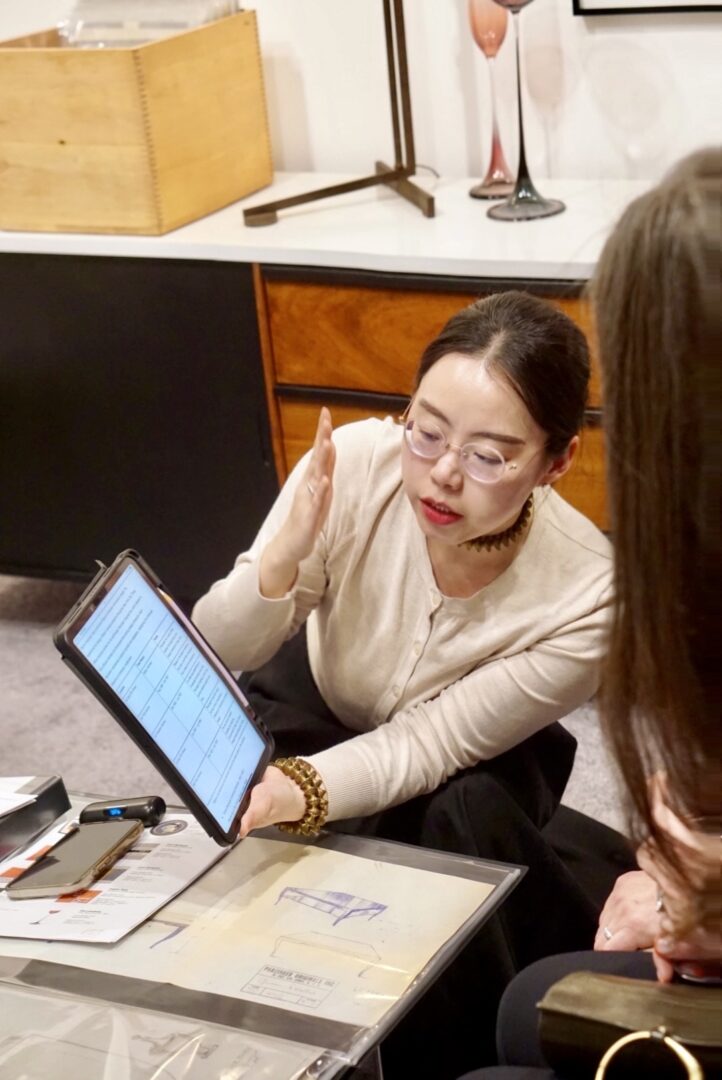
so if you or someone you know deserves recognition please let us know here.

